What Are the Applications of SDA Bolts in Hydropower Stations?
Time:2025-08-21From:sinorock View:
Self-drilling anchor bolts have revolutionized geotechnical engineering, especially in hydropower projects where challenging geological conditions are common. These innovative tools combine drilling, grouting, and anchoring into a single process, making them ideal for stabilizing slopes, tunnels, and foundations in unstable rock or soil. In hydropower stations, where sites often feature steep slopes, fractured rock masses, and high groundwater levels, SDABs provide reliable support to prevent landslides, collapses, and structural failures.
What Are Self-Drilling Anchor Bolts?
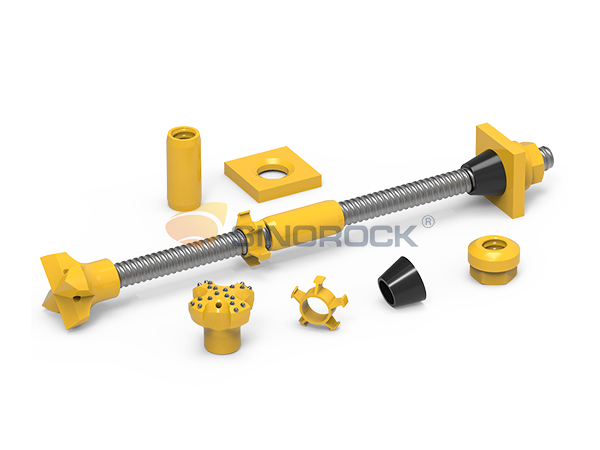
Self-drilling anchor bolts are hollow anchor bars equipped with a sacrificial drill bit at the tip, external threading, and accessories like couplers, nuts, and plates. Unlike traditional rock bolts that require separate drilling and insertion steps, self-drilling anchor bolts drill directly into the ground while injecting grout through the hollow core. This creates a strong bond with the surrounding material, offering immediate load-bearing capacity.
In hydropower contexts, SDA bolts are particularly useful because hydropower dams and stations are typically built in mountainous or riverine areas with complex geology. Common components include:
• Hollow Anchor Bar: Serves as both drill rod and rock bolt, with threads for extension.
• Sacrificial Drill Bit: Customized for rock types, such as cross-cut drill bits for hard rock or button drill bits for fractured zones.
• Grout Injection System: Ensures full encapsulation and corrosion protection.
• Bearing Plates and Nuts: Distribute loads and secure the installation.
These features make SDA bolts adaptable to poor ground conditions like sand, gravel, silt, clays, and medium-fractured rocks, which are prevalent in hydropower sites.
Key Applications in Hydropower Stations
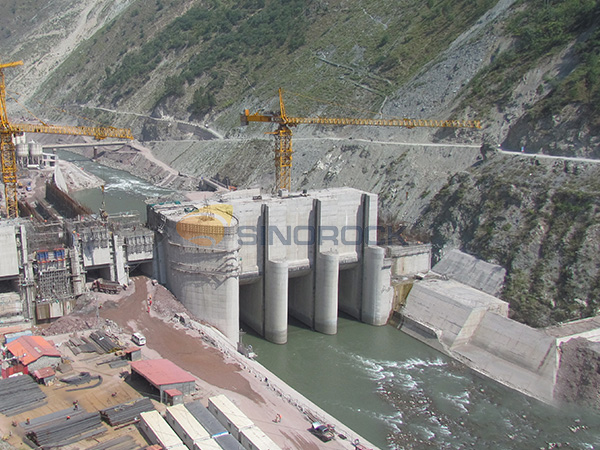
Hydropower projects involve extensive excavation for dams, tunnels, surge chambers, and slopes, where stability is critical. Self-drilling anchor bolts address these needs effectively:
1. Slope Stabilization
High slopes around dams are prone to erosion and landslides due to water flow and seismic activity. SDA bolts reinforce these slopes by anchoring unstable rock layers. For instance, in high-slope protection, they prevent rockfalls and maintain structural integrity during construction.
2. Tunnel and Underground Support
Hydropower tunnels, such as diversion or tailrace tunnels, often pass through fractured rock. SDA bolts provide roof and wall support, reducing subsidence and sidewall displacement. They are used in roof support and as part of shotcrete systems for immediate stabilization.
3. Foundation Reinforcement
For dam foundations or powerhouses, SDA bolts act as micropiles or anti-floating anchors in basements, enhancing load-bearing capacity in loose soils. They are also applied in surge chambers and desilting basins to stabilize walls in poor rock masses.
4. Dam Body Strengthening
In existing dams, SDA bolts fasten the structure to bedrock, allowing upgrades without halting operations. This is vital for withstanding floods and extending dam life.
These applications reduce construction risks and costs, especially in remote hydropower sites where traditional methods might fail due to hole collapse.
Advantages of SDA Bolts in Hydropower Projects
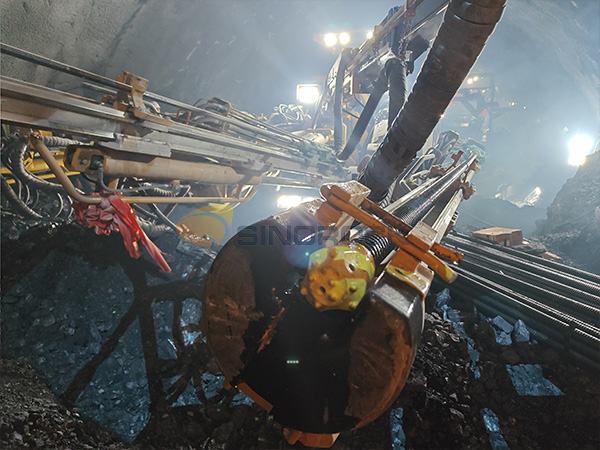
Compared to conventional mortar bolts or ground anchors, SDA Bolts offer several benefits tailored to hydropower challenges:
1. Efficiency in Difficult Geology
In fractured or collapsible soils, traditional drilling often leads to hole instability. SDA Bolts eliminate this by drilling and grouting simultaneously, saving time and reducing rework. Studies show they can shorten project timelines by up to 30% in poor rock conditions.
2. Cost Savings
Integrated processes mean fewer tools and less labor. For example, no casing is needed, cutting material costs. In hydropower, where budgets are tight due to environmental regulations, this is a game-changer.
3. Enhanced Safety
Immediate support after installation minimizes risks during excavation. They provide high tensile strength (up to 1900 kN for large-diameter bolts) and are corrosion-resistant with galvanization or epoxy coatings.
4. Versatility and Scalability
SDA Bolts can be extended to depths over 18 meters, suitable for deep excavations in hydropower stations. They work in confined spaces and can be cut or lengthened as needed.
5. Environmental Benefits
By stabilizing slopes and reducing excavation waste, SDA Bolts support green hydropower initiatives, aligning with global sustainability goals.
Installation Process for Hydropower Applications
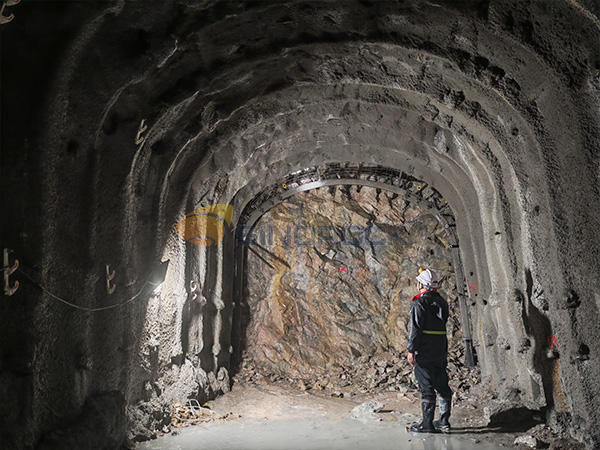
Installing SDA Bolts in hydropower stations follows a straightforward, rotary-percussive method:
1. Site Preparation: Assess geology and select drill bits (e.g., R32N for medium rock).
2. Drilling: Use hydraulic or pneumatic hammers to advance the rock bolt, flushing debris through the hollow core.
3. Grouting: Inject cement slurry (water-cement ratio 0.4-0.5) under pressure to fill voids and bond the rock bolt.
4. Testing: Conduct pull-out tests to verify capacity.
5. Finishing: Secure with plates and nuts.
This process ensures quick deployment, crucial for time-sensitive hydropower builds.
Case Studies: Real-World Success in Hydropower Stations
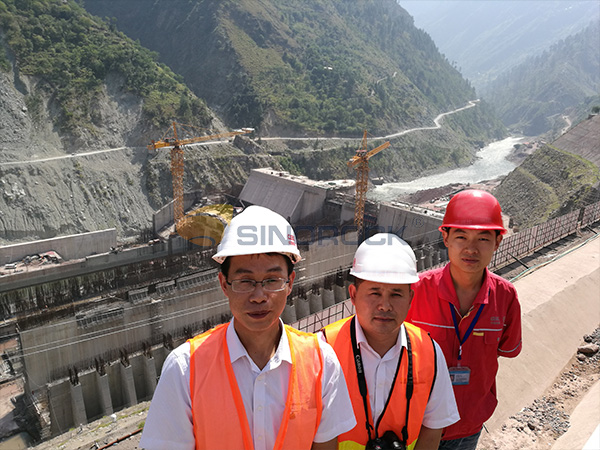
The foundation and surrounding rock of the dam and tunnels of the MOHMAND Hydropower Station Project mainly consist of sandy soil, gravel, alluvial sandy soil, and other strongly weathered strata. After drilling, collapse of the borehole is highly likely, so the method of first drilling a hole with drill anchors and then inserting the Rock bolting is not feasible. In addition, using the casing drilling method results in low construction efficiency and a long construction period, which cannot meet the construction schedule requirements.
Given the complex geological conditions of the project and the engineering delivery schedule, the R32N*4-meter hot-dip galvanized self-drilling hollow anchor bolts were ultimately selected, paired with tungsten carbide cross-cut drill bits and an outer diameter of 51 mm. Each hole was drilled to a depth of 8 meters, with hot-dip galvanized coupler used to extend the length between every two rock bolts.
The self-drilling hollow anchor bar successfully addressed the support challenges in the prone-to-collapse strata. This rock bolt integrate drilling, grouting, and anchoring functions, significantly reducing the construction schedule and lowering costs; The drilling time per hole in this project is approximately 16–30 minutes, demonstrating high efficiency. Compared to casing construction, self-drilling hollow anchor bar can reduce costs by approximately 20–30%.
Conclusion
As hydropower expands globally, self-drilling anchor bolts are indispensable for modern hydropower stations, offering robust solutions to geotechnical challenges. When selecting SDA Bolts, consider site-specific factors like rock type, water presence, and load requirements. Partnering with manufacturers like Sinorock ensures quality and customization. By integrating them into projects, engineers can achieve safer, faster, and more cost-effective outcomes. For more details on implementing SDA Bolts in your hydropower venture, consult Sinorock today.
latest news
-
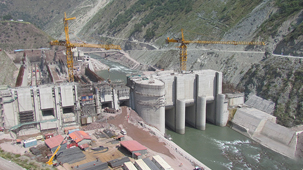
- What Are the Applications of SDA Bolts in Hydropower Stations?
- Time:2025-08-21From:This Site
- Learn how self-drilling anchor bolts enhance slope stability, tunnel support, and dam reinforcement in complex geological conditions at hydropower stations. Optimize hydropower projects with efficient, cost-effective, and eco-friendly solutions.
- View details
-
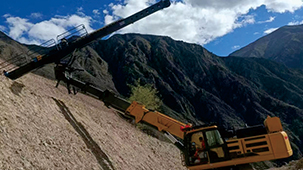
- Slope Stabilization with SDA Bolts: Benefits & Applications
- Time:2025-08-19From:This Site
- Discover how self-drilling anchor bolts (SDA bolts) provide superior slope stabilization for highways, railways, and tunnels. Learn their key benefits, installation process, and real-world applications in loose or collapsible soils.
- View details
-
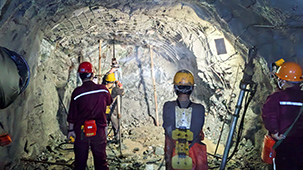
- How Self-Drilling Rock Bolts Enhance Tunnel Support in Fractured Rock?
- Time:2025-08-15From:This Site
- Discover how self-drilling rock bolts enhance tunnel support in fractured rock. Learn their benefits, installation steps, and real-world applications for safe, efficient tunneling.
- View details
-
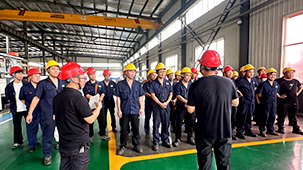
- Sinorock 2025 Quality Month | Strengthening Quality Foundations, Empowering Product Excellence
- Time:2025-08-13From:This Site
- Sinorock’s 2025 Quality Month, themed “Strengthening Quality Foundations, Empowering Product Excellence,” successfully concluded, reinforcing our commitment to superior product quality.
- View details
-
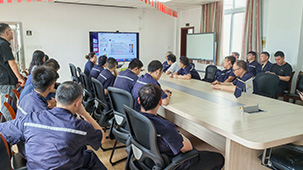
- Sinorock Safety Month 2025 | Everyone Speaks Safety, Everyone Can Respond
- Time:2025-07-03From:This Site
- Sinorock Safety Month 2025, centered on the theme "Everyone Speaks Safety, Everyone Can Respond - Spot Workplace Hazards," has wrapped up successfully!
- View details
-
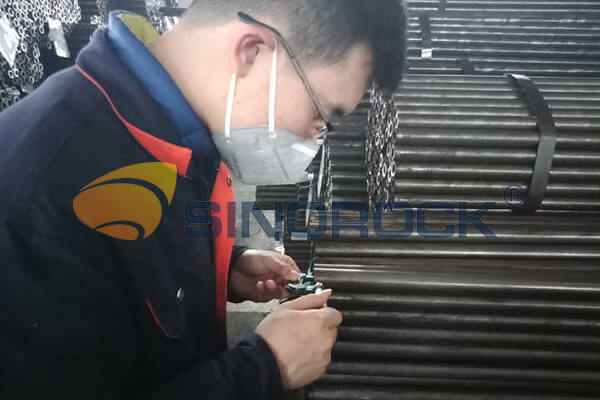
- Quality Control: the Vital Factor of A SDA Bolt Factory
- Time:2025-01-09From:This Site
- Sinorock’s comprehensive quality control system, from supplier management to outgoing inspections, ensuring the highest standards for self-drilling anchor bolts in construction.
- View details
-
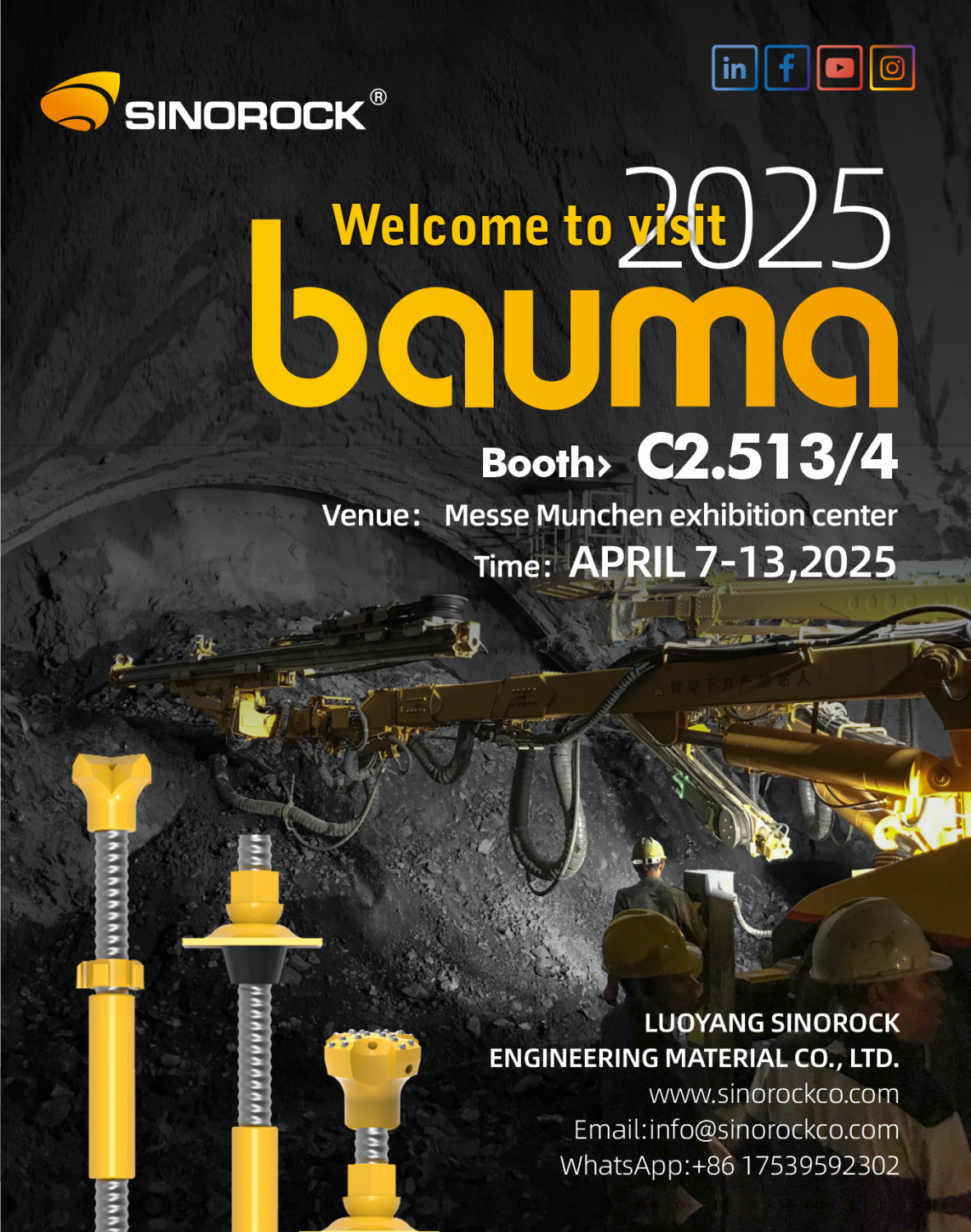
- Sinorock Invites You to Explore Proven Self-Drilling Anchor Bolt Solutions at bauma 2025
- Time:2025-03-07From:This Site
- From April 7–13, 2025, explore Sinorock’s Self-drilling anchor bolt solution at Booth C2.513/4 in Hall C2 of the Messe München Exhibition Center (Munich, Germany).
- View details
-
.jpg)
- SINOROCK to Attend EXPOMINA PERÚ 2024 in Lima, Peru
- Time:2024-08-10From:This Site
- Sinorock to Attend EXPOMINA PERÚ 2024 in Lima, Peru
- View details
-
.jpg)
- SINOROCK to Participate in MINING AND METALS CENTRAL ASIA 2024
- Time:2024-08-08From:This Site
- SINOROCK to Participate in MINING AND METALS CENTRAL ASIA 2024
- View details
 Download
Download 


